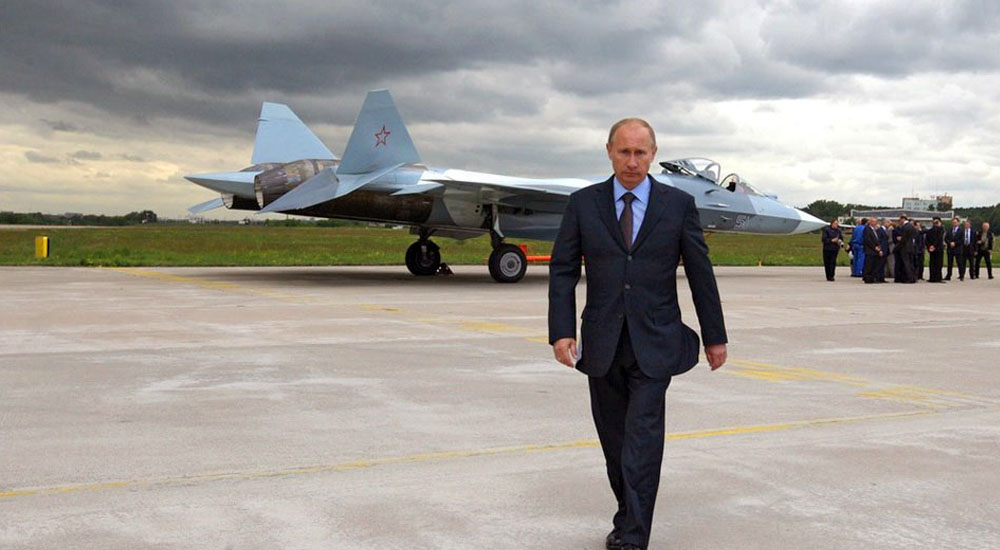Satellite pictures show that Moscow has been fortifying its westernmost military facilities in the Baltic Sea exclave of Kaliningrad, just one week before President Donald Trump will meet with Russian President Vladmir Putin in Helsinki, Finland, following a NATO summit. The Russian military buildup has been accelerating since 2015, with the 86 square-mile area between Poland and Lativa being one of the most crucial outposts to assert dominance on the European border.
Matt Hall, a senior geo-spatial analyst at 3GIMBALS, says munitions facilities were improved between March and June, with the fortification of other structures underway, and the construction of additional transportation infrastructure.
“The visible change…appears to be the fortification of buildings, characteristic of explosive storage bunkers, utilizing earthen berms to further insulate these structures. There also appears to be clearings, new structures visible within the the forested portion of the installation, as well as a berm and exterior fence surrounding the installation,” Hall said according to a report from Defense One.
Furthermore, Hall explained that satellite imagery shows a rail line in the area of the fortifications, which may connect to the continental system throughout Russia and with the system that scythes through Lithuania. Interestingly, a railroad system was built in the Georgian province of Abkhazia on the eastern coast of the Black Sea before it was invaded by Putin’s government in 2008.
At an additional military site around eight miles away, bunkers housing nuclear weapons have been upgraded, showing that Russia is still acting aggressively as if the Cold War never ended. The Russians have also deployed the, “SS-26 Iskander, a nuclear-capable missile with a range of more than 400 kilometers,” to Kaliningrad, which pads the arsenal that includes a few S-400 anti-aircraft munitions.
Pentagon spokesperson Eric Pahon said, “Russia, after the Cold War, retained large numbers of non-strategic nuclear weapons – forces that it is modernizing and increasing as described in the Nuclear Posture Review released in February. Even more troubling has been Russia’s adoption of military strategies and capabilities that rely on nuclear escalation for their success.”
Currently, Kaliningrad is home to the headquarters of the Russian Baltic Fleet and the country’s 11 Army Corps. Moreover, the seaport town of Baltiysk contains a major Russian naval port and the Chernyakhovsk and Donskoy air bases. As an immense strategic center potentially to be used to base operations for movement into Eastern Europe, the buildup of armaments has been a topic of wide speculation and concern.
U.S. Ambassador to NATO Kay Bailey Hutchison said Russian aggression will be a key focus of this year’s NATO summit in Helsinki. “I would say our major areas of deterrence would be Russia and the malign activities of Russia, the efforts of Russia to divide our democratic nation, INF Treaty violations…,” she said,
U.S. Ambassador to Russia Jon Huntsman says when Trump and Putin meet, “[t]he president will continue to hold Russia accountable for its malign activities.”
The strategic buildup of Russia’s military on its most westerly point is shown through the uneasiness of Western allies before the meeting of the NATO nations. Nevertheless, the real uncertainly with Russian aggression is why everyone seems surprised.

